Selling services online includes many factors that you should consider if you want to be successful at it.
It’s not like selling physical products.
Services are intangible, and you need to work extra hard to attract customers, explain what your services are, how they can benefit from them, and much more.
In short, there is a lot of work waiting for you.
Luckily, we’ve prepared this article to help you navigate that world.
So, let’s begin!
- Explain How Your Service Benefits Customers
- Distinguish Your Brand From Your Competitors
- Introduce Your Team on Your Business’ Website
- Take Advantage of Testimonials as Social Proof
- Use Software That’s Built for Service Businesses
- Conclusion
Explain How Your Service Benefits Customers
If you are selling services online, you are probably very well aware that you need to offer something beneficial to your customers to attract them.
In other words, ask yourself why people generally look for any services.
The short answer is to solve a problem they have, fulfill a need, and make their life easier.
They want a service that can make that a reality. Therefore, you should focus on your customers and show them how your service can provide what they want and need.
By focusing on your customers, you are taking a customer-centric approach. Here’s how Gary Flix, a copywriter and internet marketer, explains what that means:
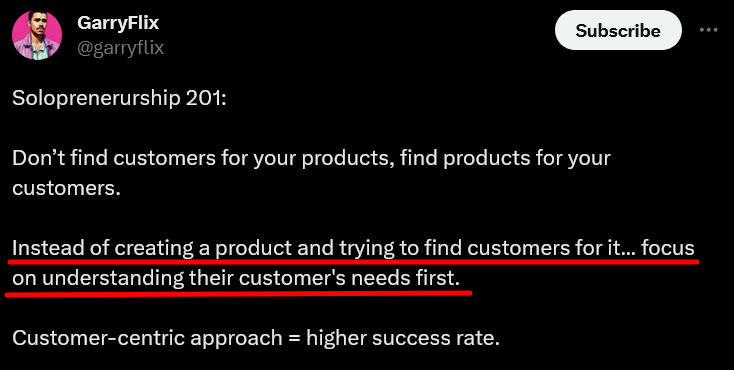
Source: GaryFlix on Twitter
Although he talks about it in the context of solopreneurship, the principle is the same if you sell your services online.
The key is to focus on the customers and their needs instead of creating and perfecting a service first without knowing if there are potentially interested customers.
Once you put yourself in their shoes like that, you can more effectively show how your services can benefit them.
In other words, you create your value proposition, which shows your customers why they should buy from you—the value your services bring.
And according to data from The Guardian, businesses that manage to create a strong value proposition that clearly communicates why their services are beneficial can significantly grow in value over the years.
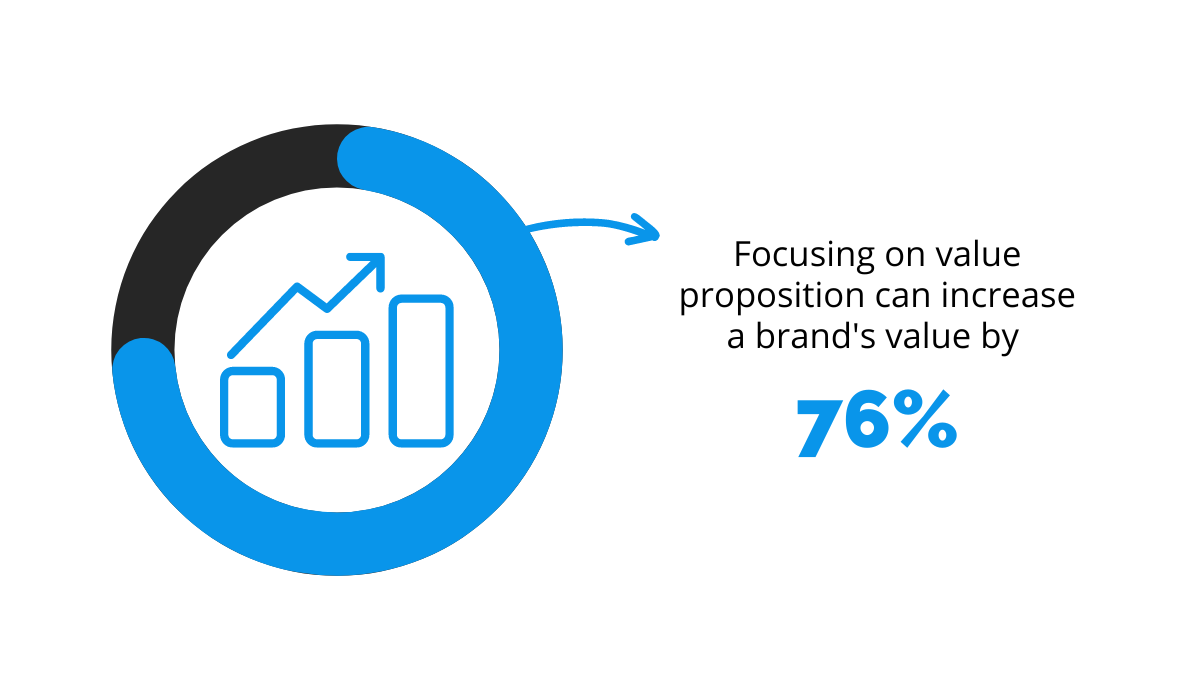
Illustration: Regpack / Data: The Guardian
Therefore, a value proposition efficiently attracts customers to your services and explains the benefits they get with them.
Let’s see what a value proposition looks like and what elements it can contain.
Unbounce is a landing page builder that makes it clear from the start what its services can do for you.

Source: Unbounce
As you can see above, they lead with a heading that explains their value and what you can do with their tools.
Furthermore, Unbounce’s team explains that custom-built landing pages get you more customers and that they have everything you need to create that.
Brief, simple, and conveys the benefits of the service.
But their value proposition doesn’t stop there.
On the same webpage, they have a video explaining the benefits of their tools in more detail.
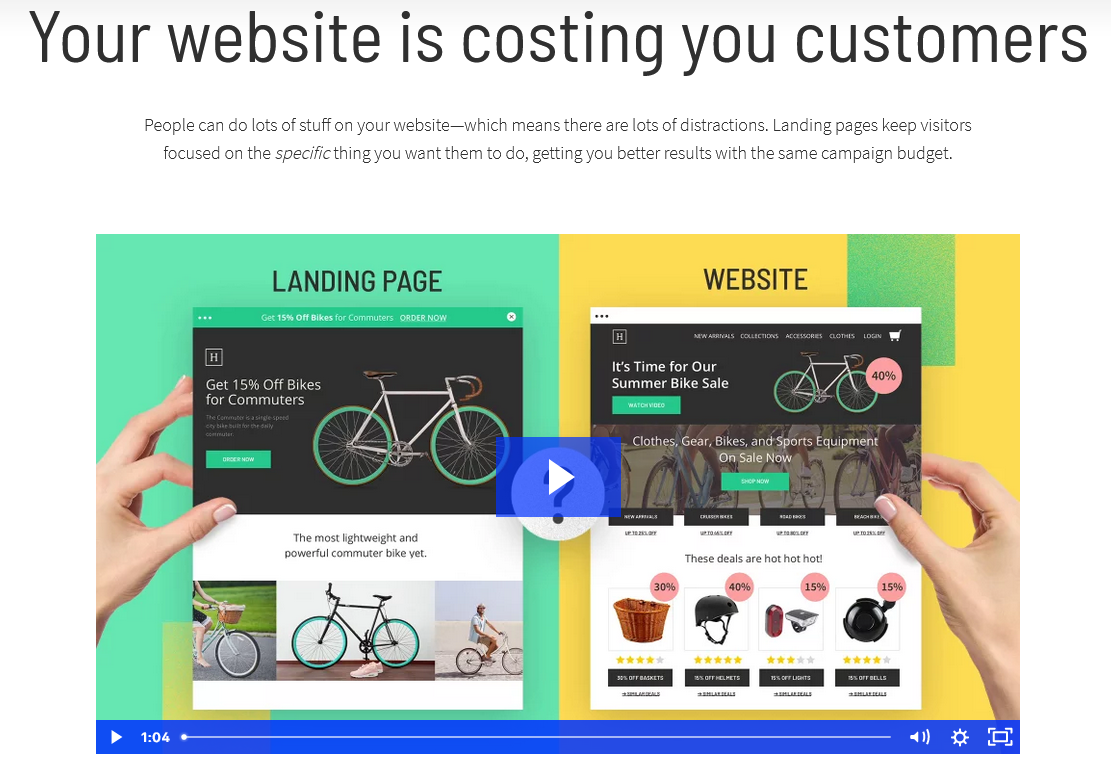
Source: Unbounce
In a minute-long video, Unbounce’s team explains the benefits of landing pages over websites, thus additionally establishing the value of their service.
And when a potential customer scrolls further, they can see another element of their value proposition—stats.
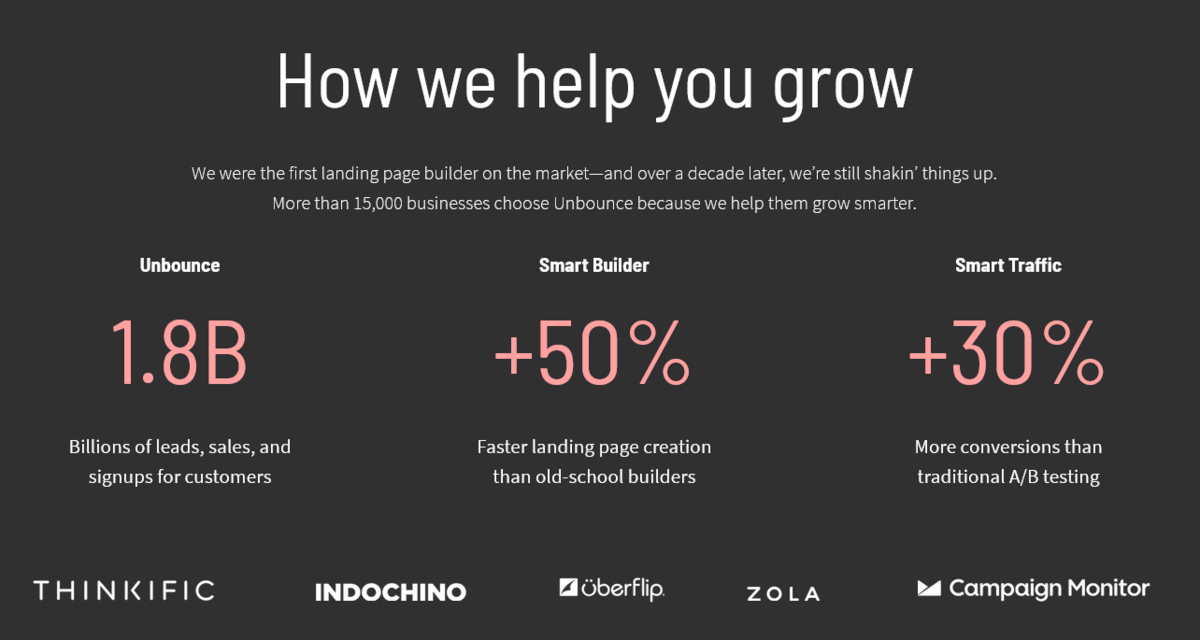
Source: Unbounce
Here they ensure that the potential customer knows they’re experts at their jobs and what results to expect.
In short, one visit to Unbounce’s webpage is most likely enough for visitors to understand the benefits they can expect from the service, and a customer-centric approach combined with a great value proposition is responsible for that.
Distinguish Your Brand From Your Competitors
Regardless of the industry your company is in, you likely have a lot of competition. And if you want to succeed, you should find a way to distinguish yourself from them.
If you fail to do that, it will be much harder for potential customers to notice your business and your services.
Simply put, if the customers can’t differentiate you from the competition, the chances that they’ll pick you are smaller than if you are recognizable.
As Teresa Slider wrote in her article for Hinge Marketing, if you successfully differentiate your services from similar ones on the market, you’ll be more visible on the market.

Illustration: Regpack / Data: Hinge Marketing
However, to distinguish yourself from the competition, you need to possess a deep level of knowledge about your and your competitors’ services.
One way of acquiring that knowledge is by doing a SWOT analysis.
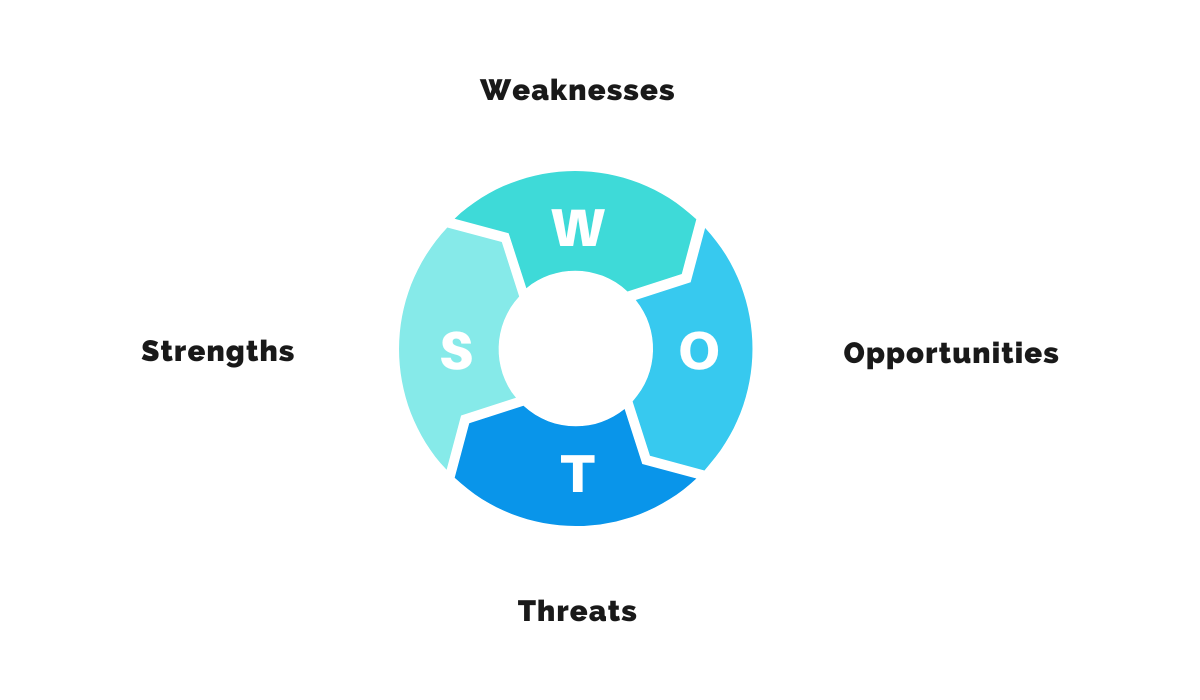
Source: Regpack
SWOT stands for strengths, weaknesses, opportunities, and threats.
Let’s break that down.
Strengths describe the elements in which a business excels and separates from the competition.
On the other hand, weaknesses are areas in which a company should improve to be more competitive.
Opportunities are external factors that can give a business an advantage over its competition.
Lastly, threats are the factors that can harm a company and its success, so it’s important to avoid them.
You can read more about the SWOT analysis in detail in HubSpot’s article. The crucial thing is that you can perform this analysis on your company but also on your competitors.
As John Billelo, an experienced educator and innovator, points out, that can give you valuable insights.
Once you have identified the competitor’s SWOT, you can use this information to develop a strategy for your own business.
You can then use those insights to differentiate your brand and services from similar ones on the market.
For instance, Archbee is a knowledge management software. When a potential customer wants to pick a tool like that, they have dozens, if not hundreds, of options.
Therefore, Archbee needs to differentiate itself from similar tools if they want to attract customers.
They can do that in many ways:
- With different pricing models
- By using a recognizable tone
- With interesting design
- By offering a superior service
And those are only some ideas for standing out.
Archbee employs some of them but also has comparison charts on its website highlighting the differences between its software and the competition.
Here’s an example:
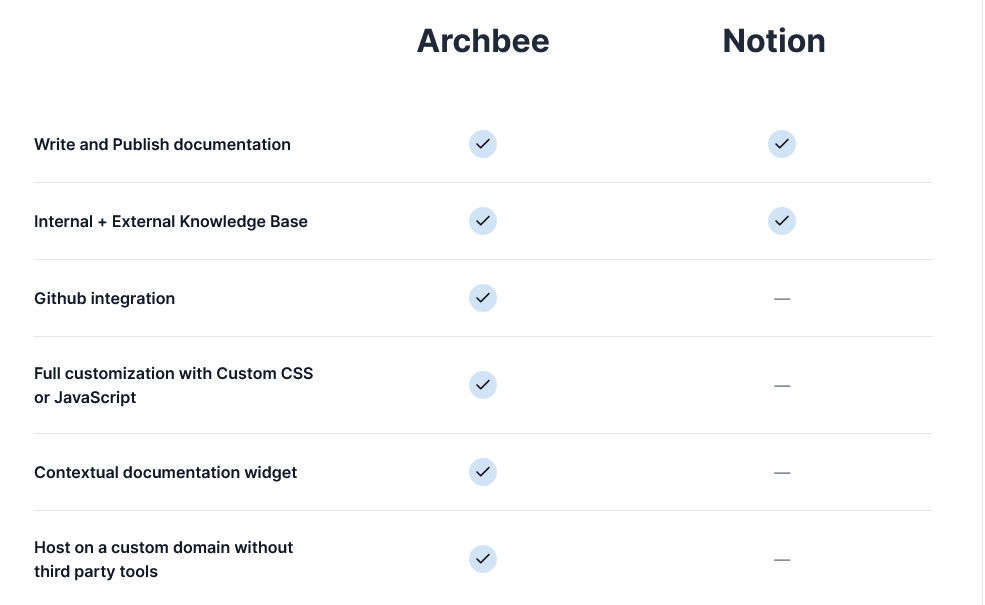
Source: Archbee
That’s part of the chart in which they compare the features of their software with Notion’s features, which is also a tool that can be used for similar purposes.
Of course, to be able to present the differences like that and highlight your advantages to potential customers, you need to know your and your competitors’ strengths, weaknesses, opportunities, and threats well.
Once you know that, you can easily distinguish your brand from similar ones.
Introduce Your Team on Your Business’ Website
As we’ve mentioned in the previous section, you undoubtedly have a lot of competition in your industry that offers services online.
That’s why showcasing your team’s expertise and personality can be beneficial.
Using your company’s website is an excellent way to do that.
Your potential customers will most likely visit and navigate through your website at some point, and why not show them who you and your team are right then and there?
That can accomplish several things. For example, you display some personality and emotion when introducing your team.
When customers see the names and the faces behind the services you provide, as well as some information about who the people in your team are, they can more easily form an emotional connection with your brand.
And according to research by Harvard Business Review, emotionally connected customers are very valuable for a company—more precisely, 52% more valuable than customers who are only highly satisfied.
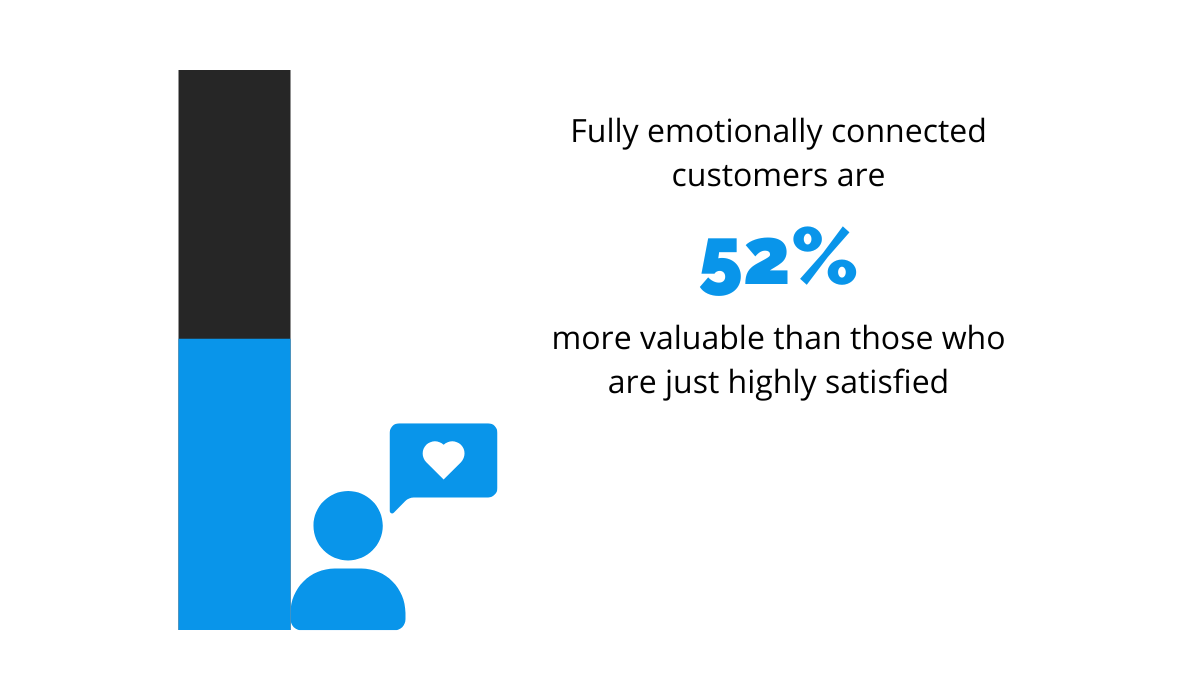
Illustration: Regpack / Data: HBR
In their research, fully connected customers are the most valuable, which reflects in various metrics, such as purchases and frequency of use.
In other words, as a service provider, you want as many emotionally connected customers as possible.
The “Meet the Team” page of a digital agency Digital Marmalade is a great example of how to inject personality and humor into introducing a team.
For instance, a customer can see every team member’s name, face, and position.

Source: Digital Marmalade
However, when you click on any team member’s tile, you can learn much more about each of them.
Some information is professional and showcases their expertise, like how much experience they have in the industry or which skills they mastered.
On the other hand, the personality of the team also shines through by offering potential customers information like “coffee making skills”, which movies, books, or sports teams each person prefers, or even the score for their “superhero skills”.

Source: Digital Marmalade
Is the information about what music genre the company director loves or that he scores 92 out of 100 for “flying” ability a must-have for potential customers? Most likely not.
However, it creates the feeling that the team wants to introduce themselves to a customer, share personal information, and joke around, which can all contribute to a stronger personal connection between a customer and a company.
Combined with showcasing their professional skills and experience, that approach can lead to attracting more customers.
Take Advantage of Testimonials as Social Proof
Your happy and satisfied customers can significantly help you sell your services online.
Of course, you can make an excellent copy, inventive ads, and an eye-catching website; all of that will play a part in boosting your sales.
However, praise that comes from somewhere else instead of your own mouth has a different feel and worth.
People simply trust the opinions of other people, and that trust can translate into the belief that your services are as great as other customers say they are.
The data also supports that notion. According to BigCommerce, 72% of customers trust a business with positive reviews and testimonials.
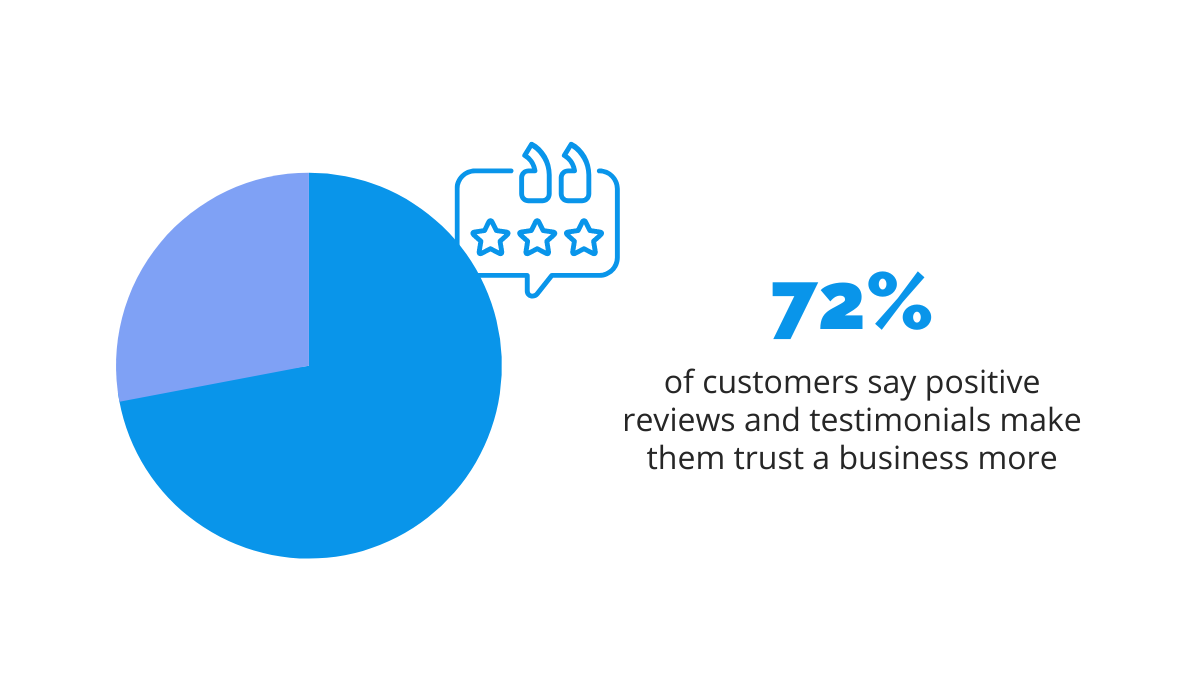
Illustration: Regpack / Data: BigCommerce
That’s why customer testimonials are a powerful way to display the value of your services and point out your professionalism as a company or whatever else you want to highlight about your business.
They help build social proof, a phenomenon where people copy the actions of others when deciding how to behave in a certain situation.
If we transport that in the world of online services, the chance that someone will opt for your services when they see that others think they have value will increase.
So, testimonials are very important in building social proof. Let’s now see how best to display them.
One of the most convenient ways is to use your website. Below, you can see how they look on the Signature Edits website.

Source: Signature Edits
Notice that the testimonials have a customer’s name and a picture below.
That improves the trustworthiness and credibility of the testimonials. If they are anonymous, how can you prove that you didn’t write them yourself?
Testimonials can be in other forms, too. For instance, Slack has video testimonials of clients that accompany written testimonials.
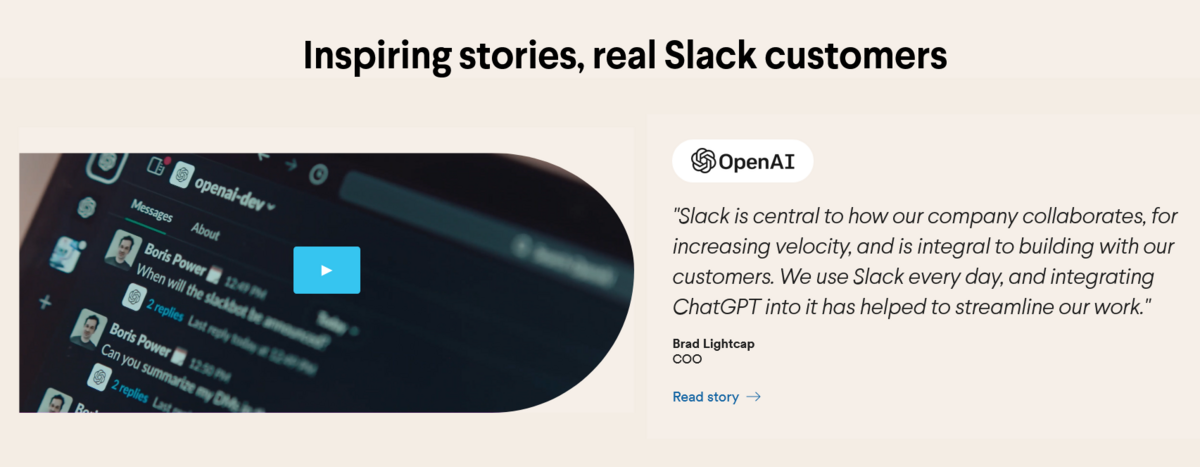
Source: Slack
Videos can be even more effective than only a quote from the customer.
On a video, you can see a live person talking about your service, using it, describing its benefits, etc. That can be very persuasive for potential customers.
Whatever form of testimonial you choose to display, it can provide credibility to your business and convince a potential customer to become an actual one.
Use Software That’s Built for Service Businesses
If you want to make the most of your online service selling, you need to have the right tool.
When we talk about selling services online, that tool is a specialized software solution that provides you with everything you and your customers need to make every step of the process simple and secure.
And security is crucial in any kind of online business that involves transactions.
For example, your website should have an SSL/TLS certificate.
It protects your customers’ data from cyber attacks, and you can easily see if a website is secured with it by looking at the address bar in your browser.
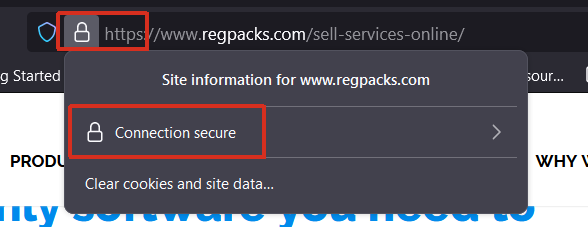
Source: Regpack
You shouldn’t underestimate the importance of online security to customers.
Let’s examine some data.
For instance, according to GlobalSign, 84% of customers would abandon a purchase if they saw that their data was sent over an insecure connection.
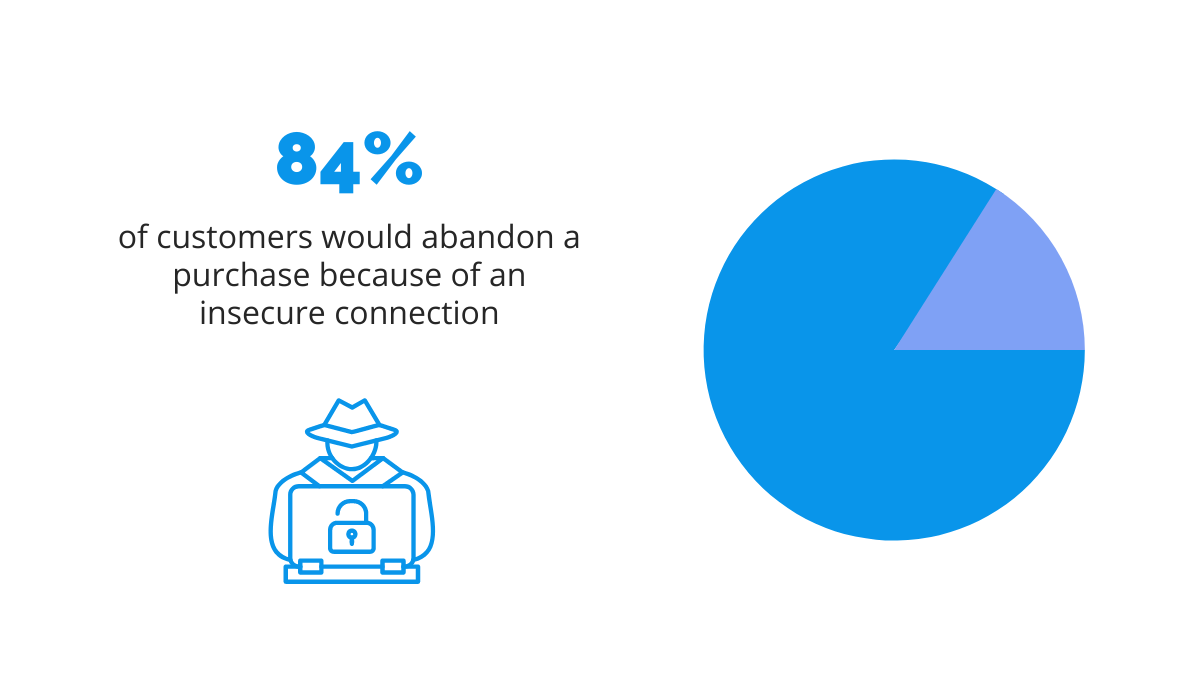
Illustration: Regpack / Data: GlobalSign
The point is that security is important to customers, and many specialized software solutions for service businesses equip you with the necessary security measures.
In addition to security, we’ve mentioned earlier that the process of selling your services should be simple for customers.
You should provide them with an easy-to-understand registration and payment process, making the buying experience pleasant and hassle-free.
Otherwise, customers might get frustrated and lose patience, causing them to turn to your competitors.
And that is more common than you might think.
Data from Recurly states that more than half of the customers churn involuntarily because of some reason unrelated to the product, like a declined transaction or wrong dunning strategy.
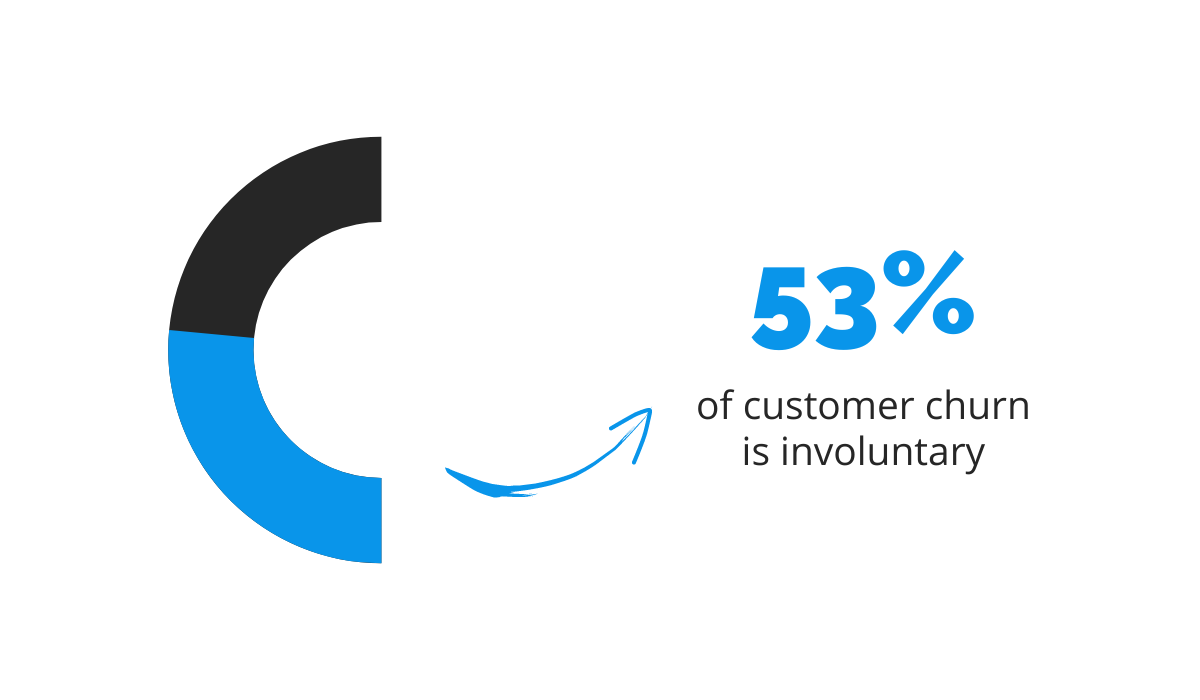
Illustration: Regpack / Data: Recurly
If the reasons for more than half of the customer churn are related to some part of the buying and selling process, it would be a good idea to perfect that process and prevent involuntary churn.
That’s precisely what software for service businesses can help you with.
For instance, our own solution, Regpack, provides you with many features that can help you create a straightforward and secure selling process.
Regpack collects customer information, stores it securely, automates recurring billing, provides various payment methods to customers, and much more.
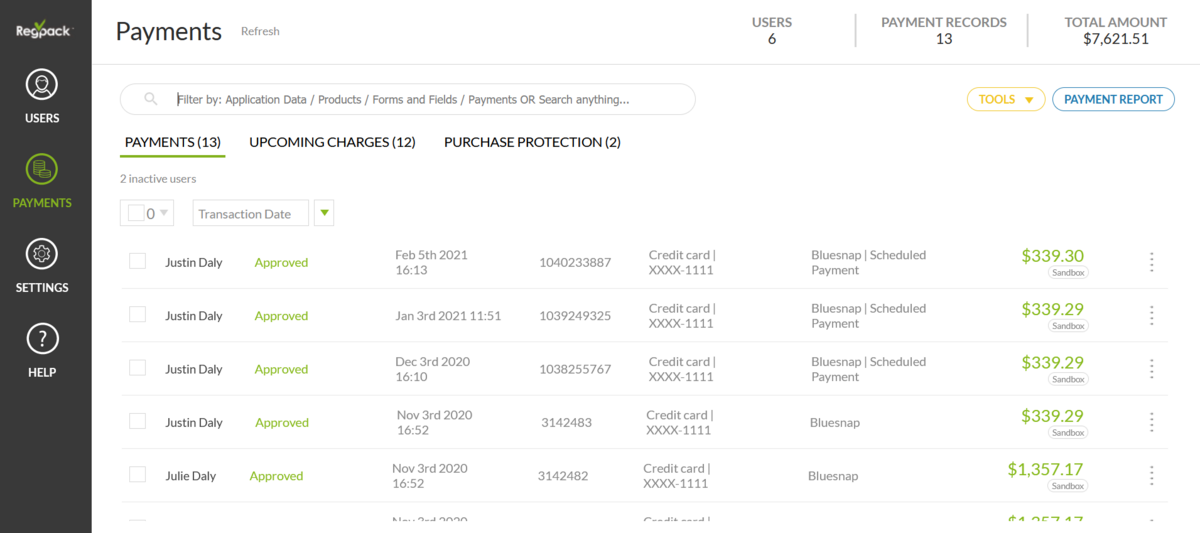
Source: Regpack
A powerful tool like that can save you time and resources while at the same time providing your customers with a top-notch experience.
Conclusion
As we’ve mentioned in the introduction of this article, selling services online is by no means an easy job.
There are many elements that can make your endeavor successful or cause you to fail; every detail counts.
Therefore, we hope this article clarified the most important factors to consider when doing your business online.
If you implement our advice, you will quickly see success.


















